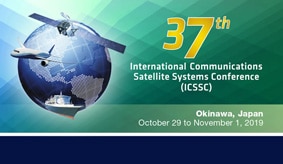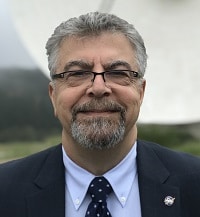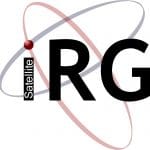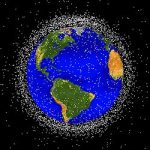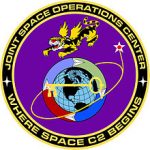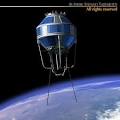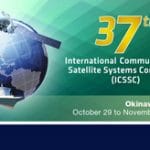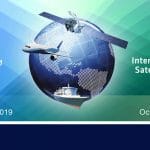The 37th International Communications Satellite Systems Conference (ICSSC) and its Colloquium, one of the most influential technical conferences on satellite communications systems, will be held in Okinawa, Japan from Tuesday October 29th through Friday November 1st, 2019.
The Colloquium
The first day, Tuesday, October 29th, is dedicated to the Colloquium which is entitled Disruptive Expansion of Space Laser Communications. The Colloquium complements the ICSSC’s technical sessions and panels and Colloquium attendance requires a separate registration => here.
Full details of the Colloquium can be found here.
The Conference
The 37th ICSSC technical sessions and panels, scheduled from Wednesday, October 30th through Friday, November 1st are under the joint conference theme of Space Communications, Navigation and Earth Observation Systems in the 5G Era. The theme of the 37th ICSSC is Ensuring a Realistic Migration, Harmonization and Integration of Space Based Communications Facilities Within the 5G Network. Satellite communication industries in the Asia-Pacific region and their activities will be presented during this AIAA Co-Sponsored conference.
Conference Registration should be done here.
The Full Program of the Conference can be found here.
The Keynote Address
Interoperable Networks: Quantum Leap Into the Future will be given by Badri Younes Deputy Associate Administrator, Space Communications and Navigation (SCaN), NASA HQ, USA
IMPORTANT INFORMATION
One can register for either the Colloquium or the Conference or both.
Final papers are due by 27th September 2019 latest.
Early Bird Registration Discount Deadline is September 28th 2019
Enquiries and requests for further information should be
directed to:
the 37th ICSSC Organization at icssc2019org@gmail.com
the 37th ICSSC Technical Program Committee at icssc2019org@gmail.com
The conference organizing committee looks forward to welcoming you to what promises to be an outstanding event. See you there!
The Conference Sponsors are listed on the conference website, as can be seen in the above links.
As Chair of the AIAA CMSTC Media Relations Subcommittee (info here) I extend thanks to the many organisations that have actively assisted in the promotion of the 37th ICSSC Conference and Colloquium. These include but are not limited to:
ABS Satellite
APSCC
AsiaSat
Australian Space Agency
Goonhilly Earth Station
Broadband India Forum
Radical Moves PR
Satellite Evolution Group
Satcoms Innovation Group
Satnews Publishers
Singapore Space and Technology Association
SmartSatCRC
Space Industry Association of Australia
